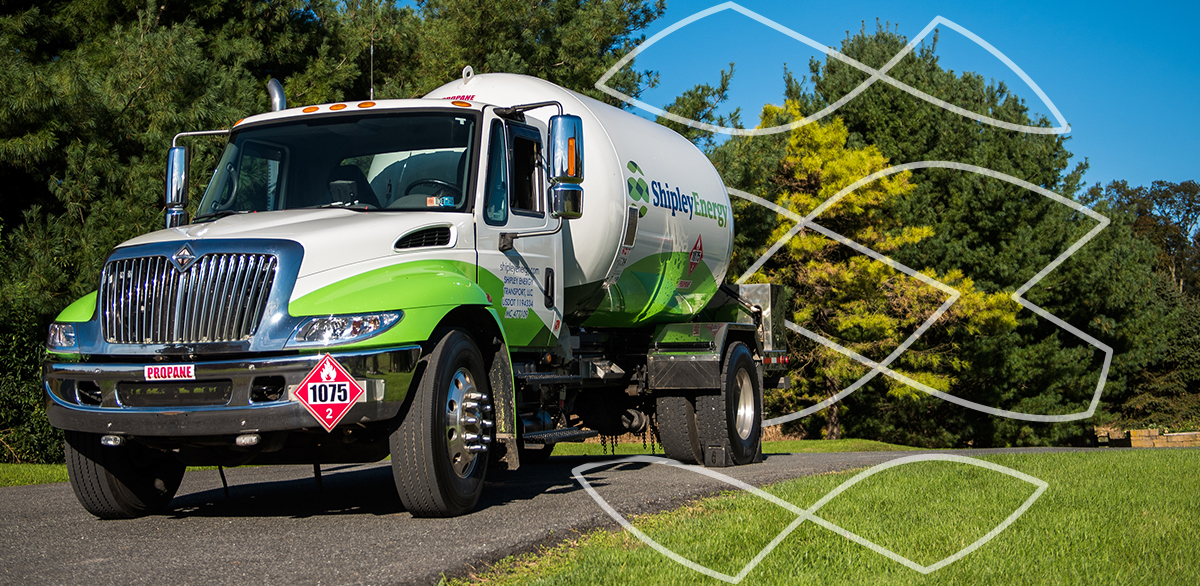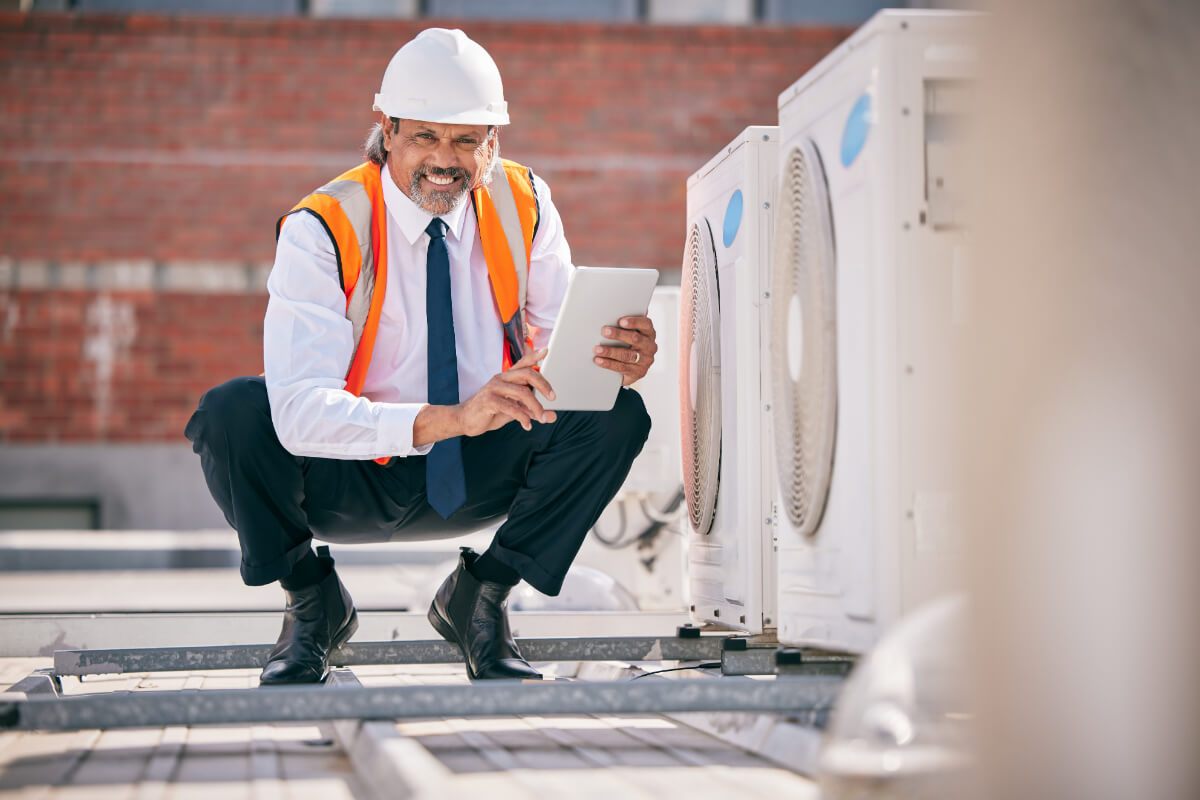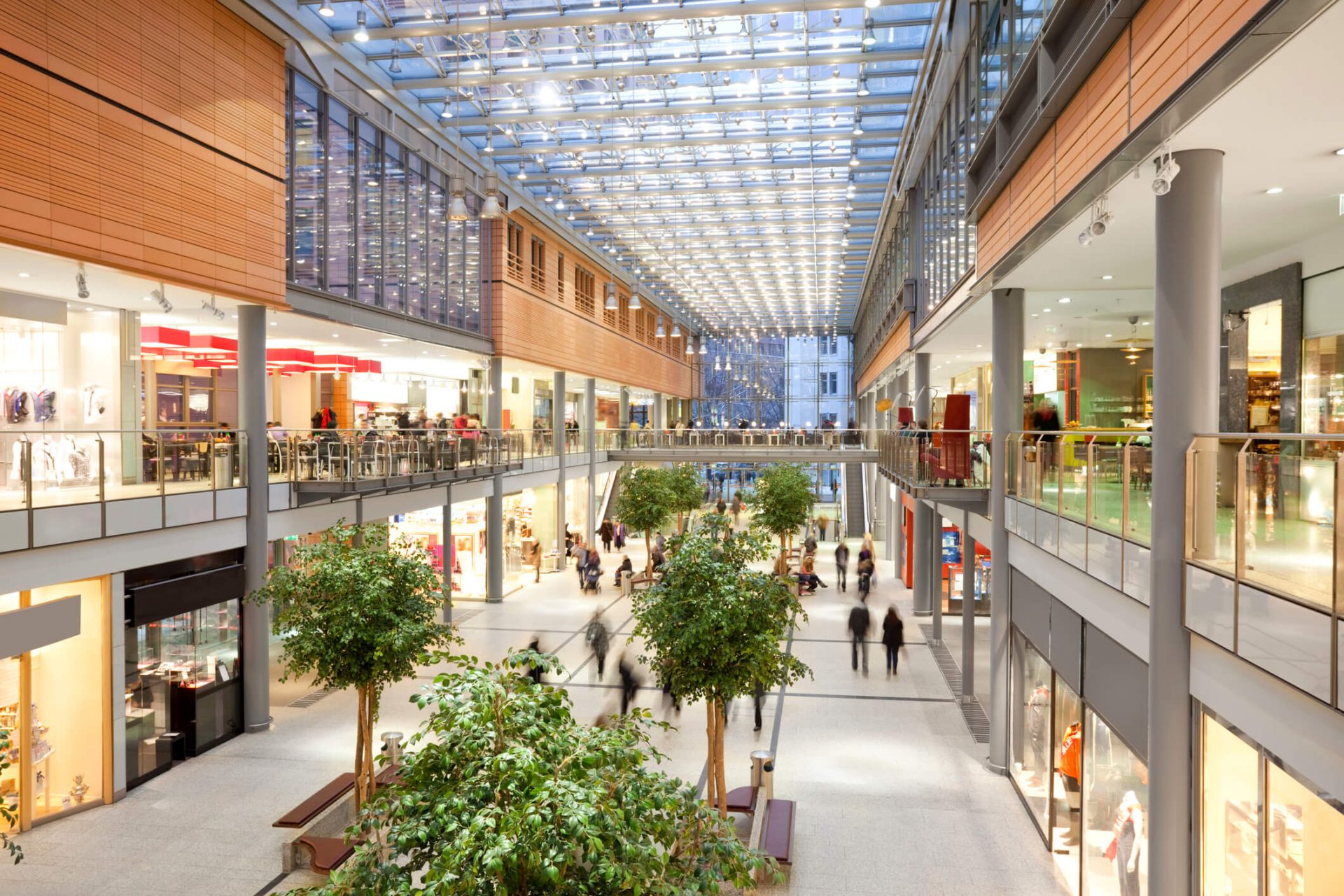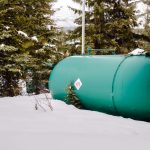Top Energy-Efficiency Tips for Retailers
Retailers need to keep up-to-date with technology in order to serve their customers better. The changing demands of the general public favor environmentally friendly businesses, and the easiest way your store can assist the environment is through energy efficiency.
The United States consumes more fossil fuel than it produces, which means oil and gas have to be shipped from overseas, causing the risk of spillage and environmental damage. The government’s concerns about energy security compel them to meddle in the politics of other nations, simply to ensure a plentiful supply of fuel for the United States. Cutting energy consumption would make the world a safer place, as well as a cleaner one.
Many worry about the effects of carbon emissions on the ozone layer and seek to reduce their energy usage. Consumers who prioritize environmental issues are likely to favor retailers that share their aims, and will avoid energy abusers. An energy efficiency strategy can provide you with good PR and earn you sales.
Some investors only invest their money in green businesses, and there are now crowdfunding sites that only accept environmentally friendly applicants. Being energy efficient can open doors for growth in your business, as well as preserve the environment.
Fortunately, pleasing the environment through industrial energy efficiency programs saves you money. There are so many options to achieve energy efficiency in retail stores. If you worry that you can’t take enough time away from your store to consider this issue properly, follow our guide to the top retail energy saving tips.
Electricity
Natural Gas
Heating Oil
Propane
HVAC Services
Electricity
Natural Gas
Renewable Energy
HVAC Services
Delivered Fuels
Fuels Services














